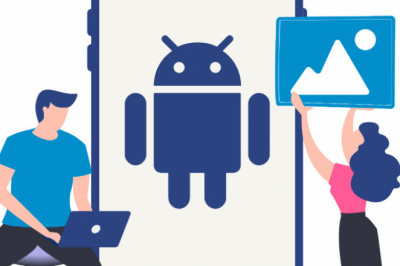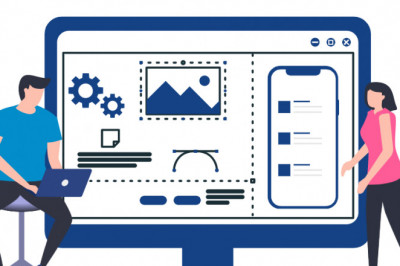views

Once you’ve screened a tenant thoroughly and have decided that you want to move forward with them, then it’s time to sign a lease agreement.
This process consists of drafting a detailed lease which outlines your rules and expectations, getting the document to your tenant so they can review and sign it, and providing them with a copy afterward.
Traditionally, this was all done manually and in person. This meant creating an individual lease, scheduling a time to meet with the tenant, giving them time to read and sign the lease, and printing a physical copy for them to keep.
If you wanted to complete this process remotely, the only way to do so was by using the postal service. Unfortunately, this could add days or weeks to the already overlong process.
Nowadays, many landlords choose to manage and sign their leases online. With property management software, you can manage the entire lease process remotely and in record time.
Here’s how you can manage leases remotely with online document signing:
Creating Your Lease
First, you need to create your lease. Online lease management makes this process so much faster and easier than it used to be.
With property management software, you don’t have to recreate your leases every time from scratch. If you already have lease agreement documents that you’ve used in the past, you can upload those documents for use on property management software.
In order to create a lease that can be filled out digitally, you need to indicate lease fields. Property management software makes this easy by allowing you to drag and drop the fields where appropriate. Beyond signature and initial fields, property management software gives you the options for date fields, textboxes, and checkboxes, which you can place in your lease as needed. These will allow your tenants to easily fill out everything that’s required of them.
After you’ve drafted a lease agreement and indicated lease fields, you can save templates for future use. When you have a template, all you need to do for any future lease is specify individual units and start/end dates (some property management software will automatically duplicate this information, making this as painless as possible).
Electronic Signatures
Once your lease agreement has been finalized—which can be almost instantaneous with templates—it’s time to get it signed.
In the past, the next step would require scheduling an in-person meeting or mailing documents, which was time-consuming. Now, as soon as you send your tenant the lease agreement through the property management software platform, they’ll have the opportunity to review and sign the document online.
According to a study conducted by LunarPen, electronic signatures reduce document turnaround time by 80%. What takes days or weeks to complete physically can be done digitally in minutes. Not only can you save massive amounts of time which allows you to focus on other aspects of your business, but you can fill your units and start collecting rent sooner, streamlining your business.
Digital Records
After you and your tenant have signed the lease, you must make sure that both of you have access to a copy. If you’re signing a lease physically, this requires giving the tenant a printed copy, and then you both must find somewhere safe to store the document. Not only is this a hassle, but you and your tenant are both at risk of misplacing the document.
When you sign leases electronically, you don’t have to worry about physically storing the document. If you or your tenant need to access the lease agreement for reference, you can easily access it on a computer or mobile device whenever and wherever. This is especially helpful when you’re a landlord with multiple tenants to keep track of.
Furthermore, lease agreements can be long—upwards of 20 pages. With multiple tenants and multiple copies of each lease, that can add up to a lot of paper. Storing documents digitally saves money on printing and cuts down on paper usage, which is good for the environment.
Conclusion
With online lease management and signing, you can easily and conveniently manage your business remotely. Not only does this give you increased flexibility, but it also saves you a lot of time on tasks that take much longer to complete physically. If you aren’t using property management software for your rental business, signing leases digitally is one of the many reasons you should consider making the switch.












